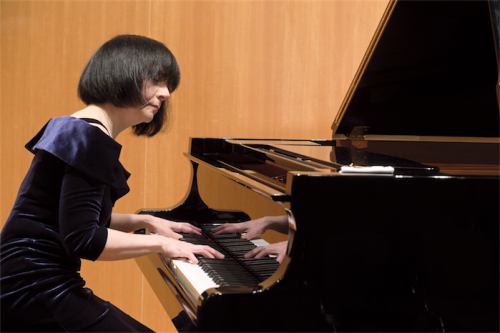
Other strengths in her playing include great clarity of line and phrasing, where every note counts and an ability to extract beauty, tenderness and expressiveness from slow and lyrical passages.
Fiorillo’s playing is also eclectic in style. Sometimes she produces a hard, percussive, almost metallic sound from the piano – this can be appropriate, sometimes, particularly in Liszt. At other times she creates a much more beautiful sound, more closely aligned with the Leschetizky tone production school. This was particularly evident in the “Soneto del Petrarca No. 104” of Liszt and also in parts of his “Ballad No.2 in B minor”, plus the slow movement of Beethoven’s “Appassionata Sonata”.
The program began with Liszt’s “Funérailles”, which is the seventh and arguably most famous of the pieces from his collection “Poetic and Religious Harmonies”. Like so much of Liszt’s piano music, it is a musical depiction of a scene, the times and the people. In this case, muffled bells ring out over a forlorn battlefield, filled with themes of sadness and later, defiance. A tribute to Chopin is evident in the central section where he pays homage with left-hand octaves recalling the E major section of the “Heroic Polonaise”. Fiorello is skilled at bringing out the emotion of this piece, juxtaposing left-hand and right-hand themes with balance and subtlety while at other times expressing tremendous rage and defiance through her playing.
The “Ballad No.2 in B minor” is Liszt at his most poetic, very similar to his Swiss “Years of Pilgrimage”. It makes use of the Wagnerian style of Leitmotif, in this case recurring themes appointed to a woman imprisoned in a tower, a man who comes to rescue her and nature’s obstacles placed in his way, most notably, torrential floods. Fiorillio captured the emotion and drama of these themes and motifs with grace and style, particularly reflecting the water surges with the left-hand and the delicacy and gentleness of the distressed maiden with flowing and lyrical right-hand passages.
The second half of the program was devoted in entirety to Beethoven’s “Piano Sonata Op.57, No.23 in F minor”, subtitled “Appassionata” and was less successful. A monumental work which requires a very different style of playing, Ms Fiorillo was still locked into the Liszt style, with massive use of the sustain pedal in the first and third movements. I felt this blurred the texture and clarity of the piece. The slow movement was beautiful and expressive however, a welcome contrast. Towards the end of the third movement, the pianist was tiring and the structure of the piece collapsed somewhat, the right hand often faltering. It was a most taxing program and perhaps too much fire and fury for one evening. However, from somewhere deep within, Ms Fiorillo summoned extra strength and recovered, to finish the piece convincingly to appreciative applause from the audience.
This was a most interesting program and the works chosen do couple well together, however they need a pianist of incredible stamina and endurance to sustain the intensity and drama necessary for an entire performance.
Who can be trusted?
In a world of spin and confusion, there’s never been a more important time to support independent journalism in Canberra.
If you trust our work online and want to enforce the power of independent voices, I invite you to make a small contribution.
Every dollar of support is invested back into our journalism to help keep citynews.com.au strong and free.
Thank you,
Ian Meikle, editor
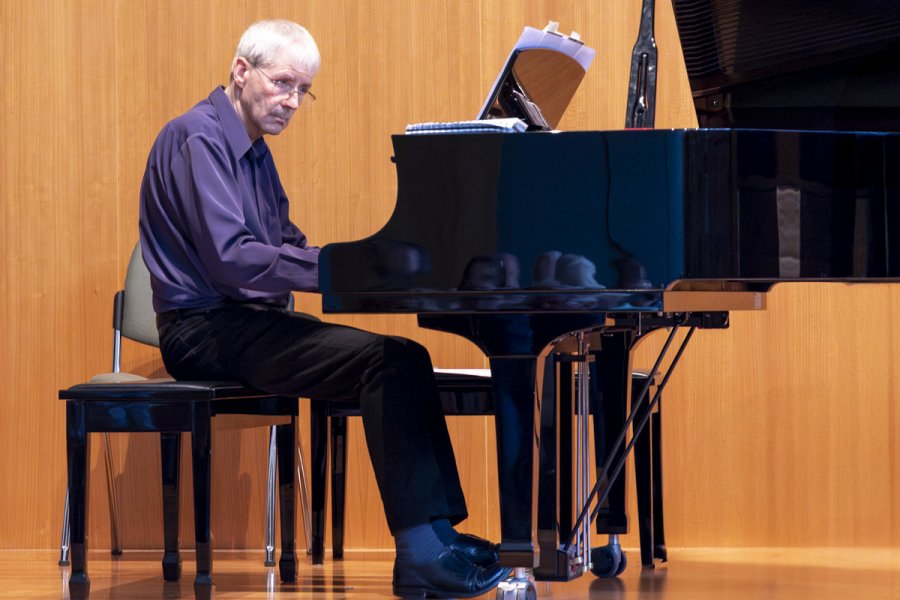
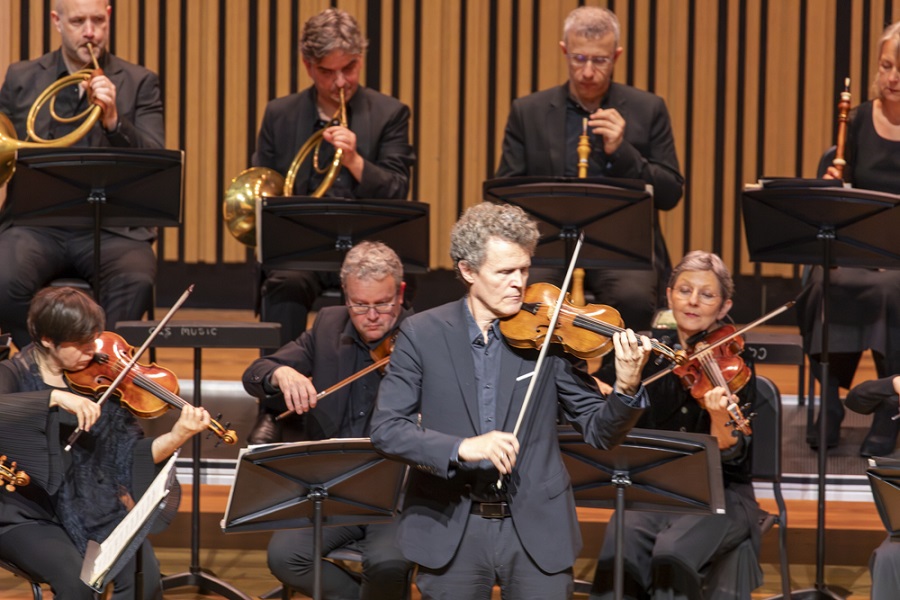
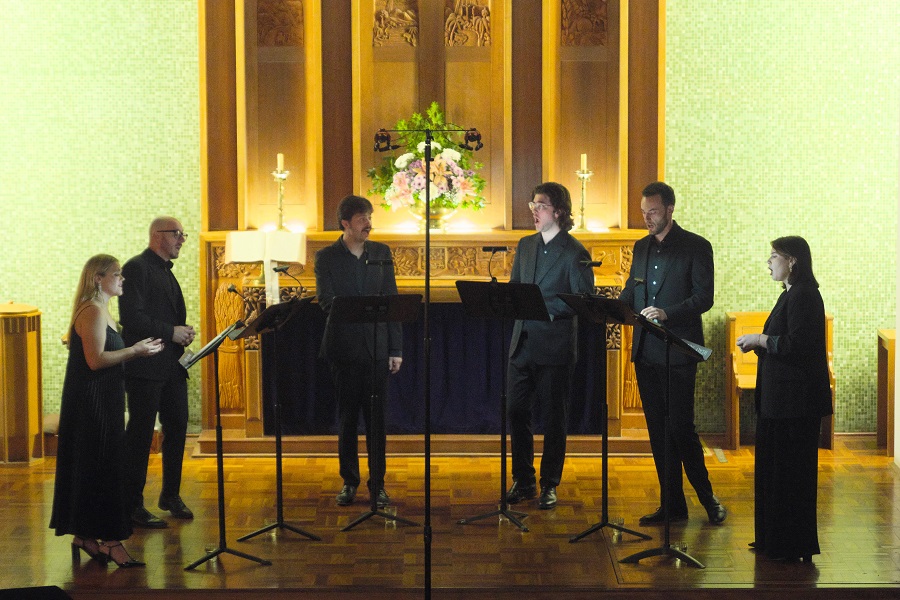
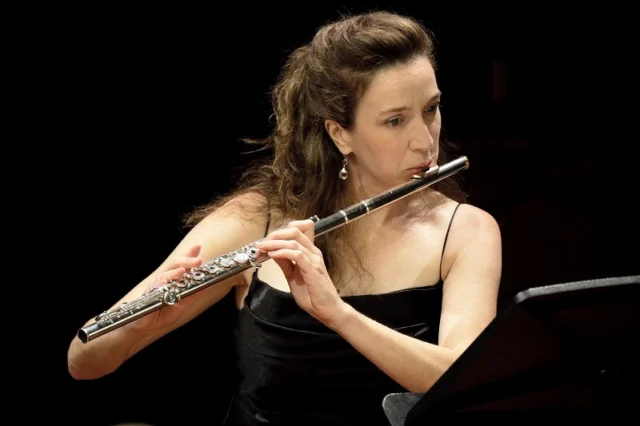



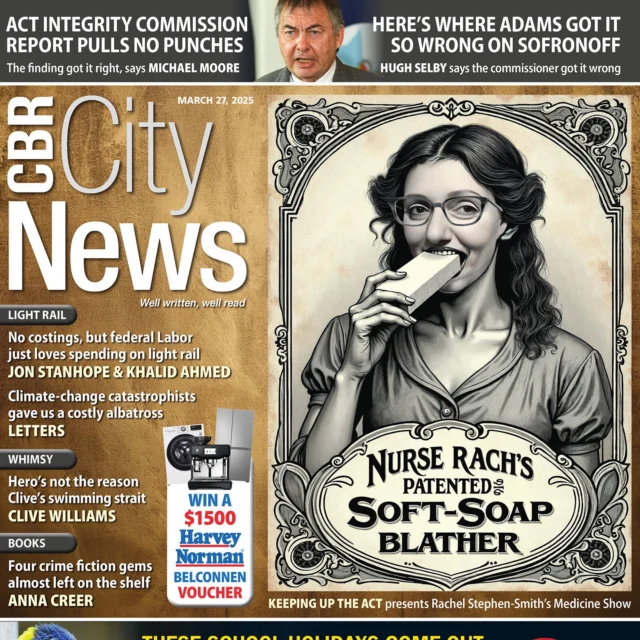
Leave a Reply